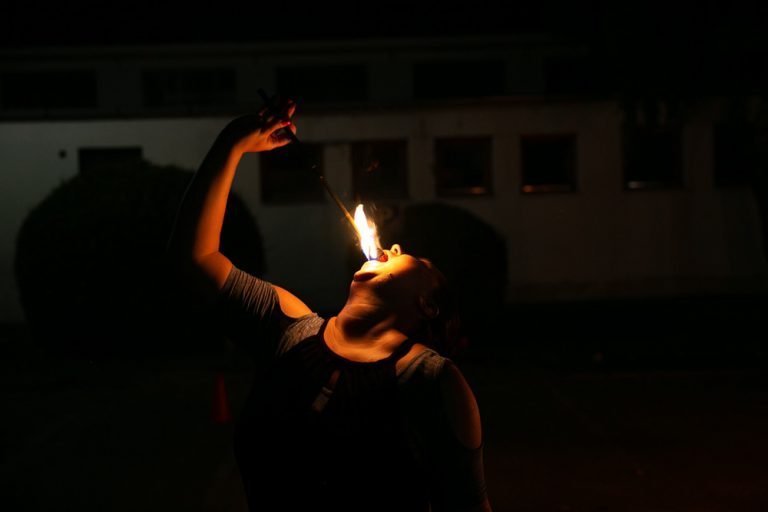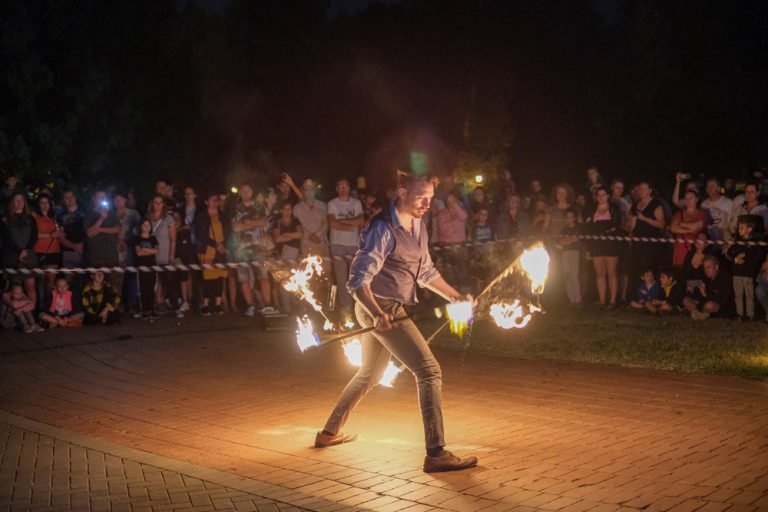Fire has captivated humanity since the earliest civilizations — as a symbol of life, destruction, purification, and transformation. Across the globe, fire dancers have emerged as mesmerizing interpreters of this primal element, integrating it into cultural ceremonies and festive celebrations. But beyond their dazzling choreographies lies a deeper, more meaningful presence. What is the true cultural significance of fire arts, and why do they continue to resonate so strongly in modern society?
Understanding the Origins: Fire Dancing in Ancient Cultures
The roots of fire dancing stretch back thousands of years. In many indigenous cultures, fire was not just an element to be controlled, but a revered force intertwined with mythology, religion, and social order.
Hawaiian Fire Knife Dance (Siva Afi)
Perhaps one of the most famous examples is the Polynesian fire knife dance, or Siva Afi. Originating in Samoa, this dramatic performance emerged from warrior demonstrations and evolved into a major highlight of Hawaiian luaus and festivals. Today, competitions are held globally, with performers using modern safety gear to twirl and toss blazing knives at breathtaking speeds.
Fire Rituals in South Asian Ceremonies
In India and Nepal, fire holds sacred meaning in Hinduism and Buddhism. During rituals like Aarti or Homam, flames are presented to deities, signifying purity and devotion. These rituals often incorporate rhythmic movement that mirrors dance forms accompanied by chanting and music.
The Aztec New Fire Ceremony
Among the Aztecs, the “New Fire Ceremony” was performed every 52 years to secure cosmic renewal. It involved elaborate processions and the symbolic re-lighting of the sacred flame, often accompanied by ceremonial dancers who represented the gods’ power over life and time.
The Cultural Significance of Fire Arts in Modern Society
In the contemporary world, fire dance performances have become dynamic fusions of traditional elements and modern spectacle. Yet, their cultural significance remains profound:
- Preservation of Cultural Heritage: Indigenous and historical fire arts are kept alive through festivals, education programs, and international showcases.
- Spiritual Symbolism: Fire acts as a bridge between worlds — embodying transformation, purification, and rebirth.
- Community Identity: Events that include fire performers often reinforce collective identity and heritage for spectators and participants alike.
Fire dancers aren’t just entertainers—they are cultural ambassadors who honor the stories, rituals, and values of the communities they represent.
Regions Where Fire Dancing Thrives
Fire arts have found prominent homes in diverse cultural areas:
- Pacific Islands: Fire dancing is deeply tied to local traditions and tourism rituals.
- Southeast Asia: Thailand and Bali incorporate fire into religious and folk dances during ceremonies and celebrations.
- Europe and North America: Fire dancers at medieval fairs, renaissance festivals, and music events often revive pagan customs or folklore traditions.
Moreover, the annual “Burning Man” festival in Nevada has popularized modern fire performance as a form of expressive art deeply rooted in ritual and community.
Practical Applications in Public and Private Events
Today, organizers from municipalities and event planning agencies increasingly turn to fire dancers for their events. Why?
Unique Audience Engagement
Fire dancing creates a **visually unforgettable experience** that captivates all age groups. Its primal allure often results in higher audience retention and social media engagement.
Adaptable to Themes and Locations
Whether it’s a medieval-themed village event, a cultural heritage day, or a corporate gala, fire performers adapt their costumes, music, and styles to align seamlessly with the event’s theme.
Safety and Professionalism
Modern fire dancers adhere to strict safety protocols. Teams often include fire safety crew members, use fire-resistant gear, and carry insurance, making them a secure option for public venues.
How Fire Dancers Can Add Meaning to Cultural Events
Incorporating fire dance into your festival or celebration brings multiple benefits:
- Cultural Education: Many performers include storytelling or short educational segments to explain the history of their routines.
- Emotional Impact: Fire evokes powerful emotions—mystique, awe, and transformation—that enrich the viewer’s experience.
- Inclusivity: From ancient Maori haka-fire hybrids to modern fusion acts, fire dance embraces diverse cultural expressions worldwide.
Conclusion: Embracing the Flame
Across time and continents, fire dancers have carried forward traditions that ignite both literal and symbolic flames. Today, their performances offer more than entertainment—they represent living culture, ancestral pride, and community celebration. When used responsibly, they bring magic, meaning, and depth to public events, fostering inclusive and memorable experiences for all.
Whether you’re organizing a cultural festival, a city event, or a private gala, consider integrating a fire art show that honors this rich tradition. To learn more about professional, insured and culturally-respectful fire dance entertainment, visit Hestia Fire Dance’s Fire Shows.
Summary: Key Takeaways
- Fire dancers are vital transmitters of cultural heritage and ritual expression.
- Traditional fire dance styles vary by region but share symbolic themes of renewal and life.
- Modern fire performers are trained, insured, and use artistic storytelling to deepen audience connection.
- Events enriched by fire dance leave lasting impressions and support cultural outreach.
- Choosing the right fire act enhances both the entertainment value and cultural authenticity of your event.




